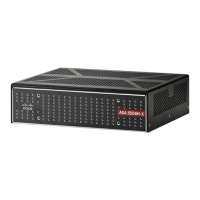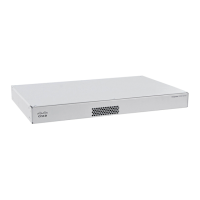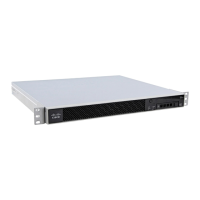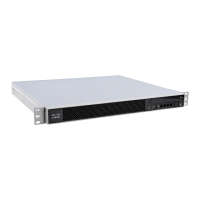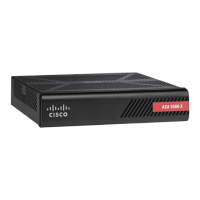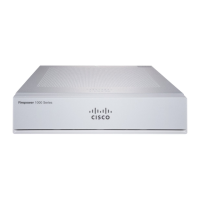1-11
Cisco ASA Series CLI Configuration Guide
Chapter 1 Completing Interface Configuration (Routed Mode)
Completing Interface Configuration in Routed Mode
The ASA supports IP path MTU discovery (as defined in RFC 1191), which allows a host to dynamically
discover and cope with the differences in the maximum allowable MTU size of the various links along
the path. Sometimes, the ASA cannot forward a datagram because the packet is larger than the MTU that
you set for the interface, but the “don't fragment” (DF) bit is set. The network software sends a message
to the sending host, alerting it to the problem. The host has to fragment packets for the destination so
that they fit the smallest packet size of all the links along the path.
The default MTU is 1500 bytes in a block for Ethernet interfaces. This value is sufficient for most
applications, but you can pick a lower number if network conditions require it.
Jumbo frames are supported by default on the ASASM. To enable jumbo frames, see the “Enabling
Jumbo Frame Support (Supported Models)” section on page 1-33. A jumbo frame is an Ethernet packet
larger than the standard maximum of 1518 bytes (including Layer 2 header and FCS), up to 9216 bytes.
Jumbo frames require extra memory to process, and assigning more memory for jumbo frames might
limit the maximum use of other features, such as access lists. To use jumbo frames, set the value higher,
for example, to 9000 bytes.
Prerequisites
• Set up your interfaces depending on your model:
–
ASA 5510 and higher—Chapter 1, “Starting Interface Configuration (ASA 5510 and Higher).”
–
ASA 5505—Chapter 1, “Starting Interface Configuration (ASA 5505).”
–
ASASM—Chapter 1, “Configuring the Switch for Use with the ASA Services Module.”
• In multiple context mode, you can only configure context interfaces that you already assigned to the
context in the system configuration according to the “Configuring Multiple Contexts” section on
page 1-15.
• In multiple context mode, complete this procedure in the context execution space. To change from
the system to a context configuration, enter the changeto context name command.
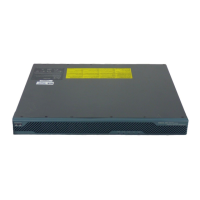
